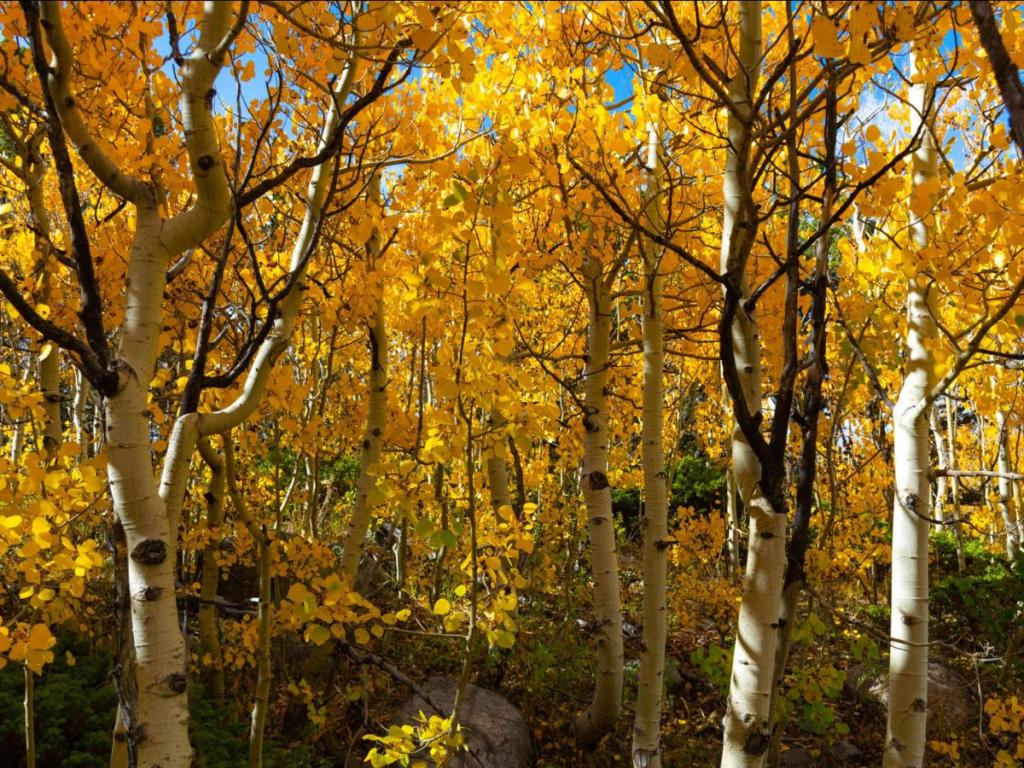Leaf-peeping season: Find fall colors at Colorado state parks


As a valued visitor to Colorado's state parks, you play a crucial role in preserving our natural resources. Your respect for shared outdoor spaces and adherence to the guidelines outlined below can significantly contribute to conservation, ensuring our parks remain beautiful for generations to come.
“We ask that folks “rushing for gold” plan ahead and have location backup plans because parks get crowded and parking is limited at certain trailheads,” said Todd Farrow, park manager at Golden Gate Canyon State Park. “Please only park in designated areas and remember that parking along roads is prohibited.”
Know Before You Go
To ensure a smooth visit, always have a backup plan if your desired trailhead or park is crowded. Remember, park rangers can issue parking tickets or even tow vehicles that park illegally or block traffic.
- Plan your visit with the Colorado State Parks Guide (Guía De Los Parques Naturales)
- Use the State Park Finder to explore a comprehensive map of Colorado state parks
- Visit a park during the week or plan an early morning adventure to avoid crowds
Shortcuts and that perfect selfie can be tempting, but staying on the trail will decrease your risk of injury and protect trailside plants and local wildlife.
- Print or download a trail map to follow the marked trail
- Download the free COTREX app to find trailheads and trail maps
Parking in designated areas is critical — undesignated parking can destroy vegetation, ignite wildfires in dry grass, and block first-responder vehicles in case of an emergency.
- Help keep our trees healthy by not carving into them or pulling down branches
- Avoid stacking rocks because they stabilize and protect the erosion of trails
Many species call Colorado home, making it the perfect destination for wildlife watching on state park trails. However, wildlife can get aggressive if they aren’t given enough space or approached by humans.
- Do not feed or approach wildlife
- Be “bear aware” on trails
- Elk and moose are in a rut (mating season), so give them space and do not approach them because they can get territorial and attack when they feel threatened.
- Keep dogs leashed and put waste bags in a trash can. Do not hang waste bags on trees or in toilets.
- If you see wildlife that appears sick or injured, leave it alone. Call your local CPW office and ask a trained wildlife officer for guidance.
Being kind and considerate to others outdoors helps build more inclusive spaces and allows everyone a personal connection to nature.
“How we explore our outdoor spaces matters. Conservation starts small, but all of our proactive steps to leave a state park better than we found it adds up in a meaningful way,” said Farrow. “No matter where you plan to explore this fall, please respect our natural resources, park staff, volunteers, and fellow recreationists.”
Join us in keeping Colorado, Colorado. Get a $29 Keep Colorado Wild Pass with your next vehicle registration and support our state parks, search and rescue teams, avalanche safety, wildlife conservation, and outdoor education. The pass provides access to all Colorado state parks and helps fund important conservation and safety initiatives. Learn more at cpw.info/keepcoloradowild.
Colorado Parks and Wildlife (CPW) is an enterprise agency, relying primarily on license sales, state parks fees and registration fees to support its operations, including: 43 state parks and more than 350 wildlife areas covering approximately 900,000 acres, management of fishing and hunting, wildlife watching, camping, motorized and non-motorized trails, boating and outdoor education. CPW's work contributes approximately $6 billion in total economic impact annually throughout Colorado.
DISCLAIMER: The Colorado Parks and Wildlife (CPW) website maintains press releases containing historical information that may no longer be accurate. Press releases are dated, which should be noted to determine whether the information provided is current. Please review our current regulations and brochures for up-to-date information.
 Bridget O'Rourke
Bridget O'Rourke